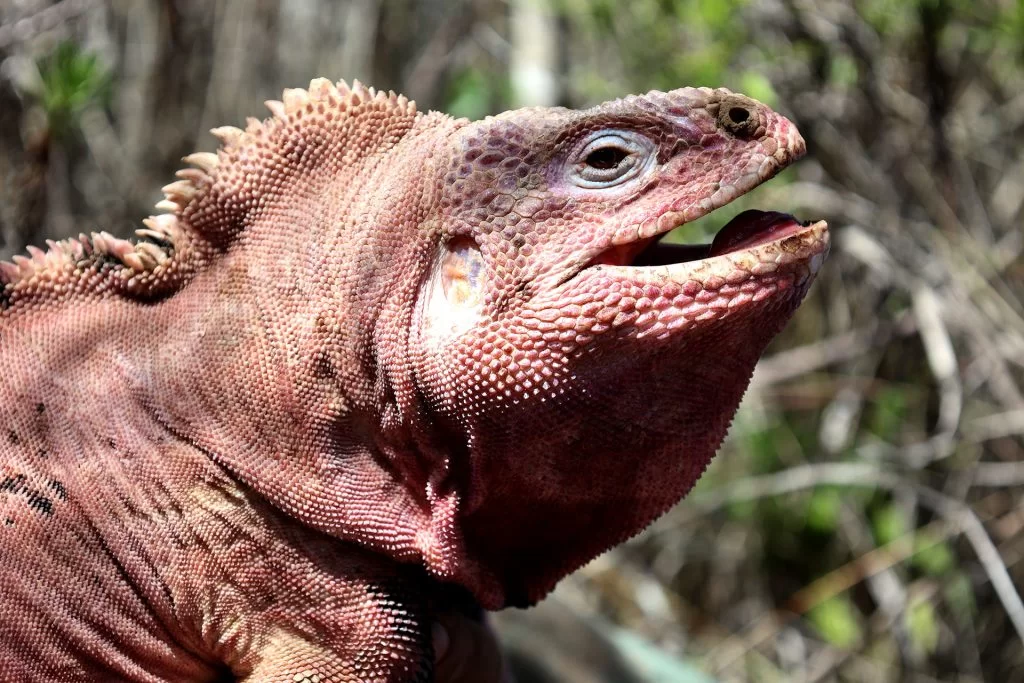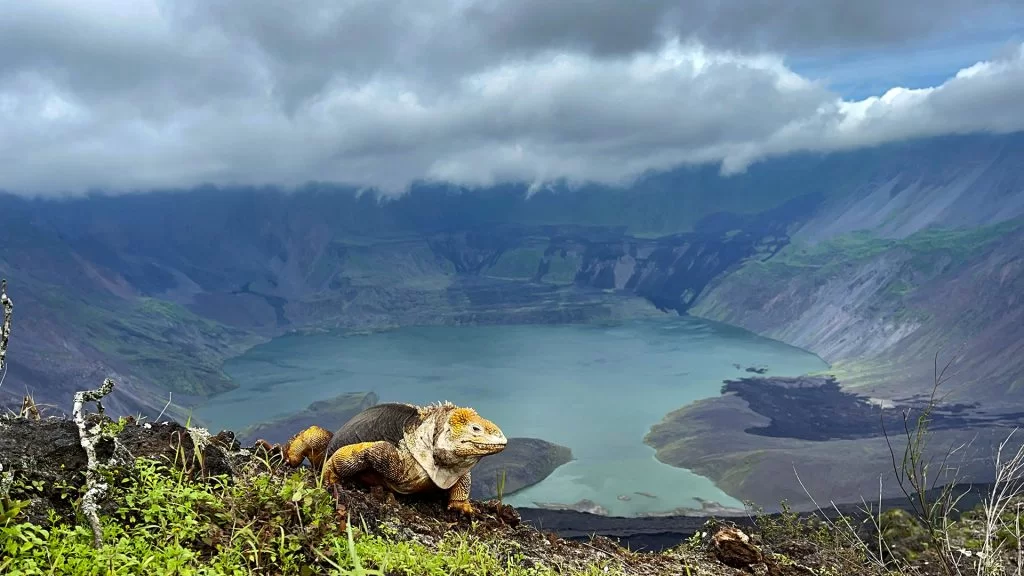Galapagos National Park Celebrates its 64-Year Legacy of Conservation
We at Galapagos Conservation value the work done by the National Geographic Protected Areas Division in its role as the environmental authority that is responsible for managing and administering protected areas on this archipelago. It is vital to work closely with the GNPD in order to ensure the conservation of this natural treasure and the provision of ecosystem services which underpins the well-being for the local population.
The GNPD has been our most valuable partner in this conservation mission. Their tireless efforts and dedication have been crucial in protecting the Galapagos eco-systems’ ability to provide services. Together, we’ve made significant progress in the conservation and protection of this natural treasure that we cherish so much.”
The Galapagos National Park was established on July 4, 1959. This marked a significant milestone in the history of the island archipelago. Numerous national and international awards have since been given to recognize the value of Galapagos for Ecuador and other countries.

The Galápagos Archipelago consist of 7 main islands, 12 different islands, 64 islets, and 136 rocks, all of volcanic origin ©Jorge Carrión / Galápagos Conservancy
The Galapagos National Park is a major source of income for Ecuador and the province. Conservation policies implemented by the GNPDE and established by the Ministry of Environment have enabled the maintenance of biodiversity and ecosystems. Ecotourism is now the main source of income and tourism in the archipelago. Galapagos is a shining example of how protected natural areas and conservation can bring significant economic benefits to local communities, improve their quality of life and contribute to sustainable development.
Galapagos Conservation will continue to support GNPD with their efforts to restore and conserve this irreplaceable wonder of nature. Tapia emphasized that “the collaboration between Galapagos Conservancy and the GNPD was essential to guarantee the conservation and sustainability” of this natural wonder.
Note: We would like to express our sincere gratitude to our Galapagos Conservancy supporters and readers for their unwavering support in our conservation mission. We can make a difference, and ensure a sustainable future for the wonderful jewel in nature. Let’s continue to move forward!

The pink iguana (Conolophus marthae), unique in the world, inhabits the area around Wolf Volcano on Isabela Island and is one of the iconic species of Galápagos National Park ©Xavier Castro / Galápagos Conservancy



